Escape from the City: weekend routes in Tatarstan. Day 3. All about warm-heartedness
Expedition of Realnoe Vremya in search of the most interesting things in Tatarstan
Realnoe Vremya online newspaper presents a new project called Escape from the City! We created our own tourist route to travel around Tatarstan. We invited a journalist from Ufa Oksana Mamontova and a historian of engineering Airat Bagautdinov to cover this route. Oksana is looking for emotions and impressions, while Airat is in search of a historical value! They travelled during a week and summed up what they saw every day in order to share their impressions with the readers of Realnoe Vremya.
The third day welcomed us with a warm but gloomy morning. Weather was critical for us because we planned to go to Bolgar by river. As a result, the road was longer. But let's start from the very beginning. We went from Kamskoe Ustye to Dolgaya Polyana first.
Dolgaya Polyana – to get lost in time
It is a strange place in a good sense. People call it abnormal because the meadow whose name was given to the village is not overgrown and the number of sunny days is equal to Sochi. To tell the truth, the meadow started to overgrow, and probably there is nothing strange here, though we looked for unusual signs: we noted car doors neither closed nor opened, sun welcomed us in the manor house. But, indeed, we felt good there. The small village that almost has 20 residents seems to have got lost in time.
The very Dolgaya Polyana is, in itself, the Molostvovs' manor house, the nucleus of the Kazan aristocracy, according to what people say. There is a gazebo near the house where local museum workers offer tourists herbal tea, an avenue, a pond, a well with a very tasty water and a meadow that has no trees.
The Molostvovs' house is being gradually restored. Not the whole historical society was satisfied with how the restoration was carried out. Now the house is in a good state. You can enter and explore it and imagine how exemplary aristocrats of the 19 th century – educated, progressive and noble people – used to live. There are only good memories of Yelizaveta and Vladimir Molostvovs who are the last owners of the manor house. People say they were decent, loving and faithful residents. They collected libraries, talked to famous writers and poets, to Leo Tolstoy in particular, wrote verses and collected letters from the front written by soldiers of the First World War.
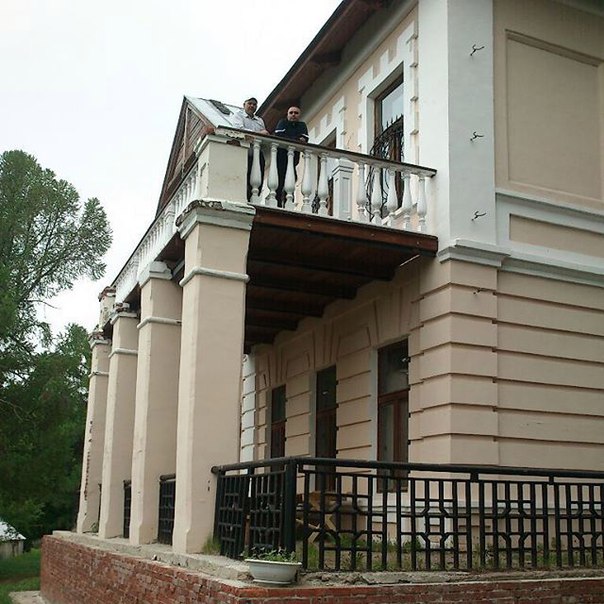
We had to explore the point of interest at a rapid-fire pace again because of the shooting mode. When you come here, we advise you to visit Dolgaya Polyana, leave just a half of your day. Then you will be able to wander unhurriedly for a long time, breathe the purest Volga air, have a cup of tea and look at Bolgar over Volga. People say even Bolgarian khans recovered their strength here. According to local museum workers, even the face expression of 'people who have dollars in their eyes' changes here.
As a rule, Dolgaya Polyana is a part of the excursion that includes a visit to Tetyushi. An excursion from Kazan to Tetyushi and Dolgaya Polyana would cost about 2,000 rubles, including a sumptuous fish lunch.
Going on your own, you would spend 2,5 hours (150 km) from Kazan. The road is along the Volga River. So, it will be a pleasure in itself. Prepare a small lunch box because we saw no shop, not to mention a café. Tetyushi is the closest civilisation with a tourist infrastructure.
Tetyushi — for its simplicity and spaciousness
We went to Tetyushi accompanied by Nadezhda Ilyina. She chairs the Department of Cultural and Education Activity of the Museum of History of Tetyushi. Tetyushi is a traditional small merchant city that can be explored within a couple of hours. But Nadezhda Ilyina had too many stories about it. Every house has its own story and people. She told about monuments to the people of Tetyushi who died during the Second World War. On the museum's initiative, the money for their erection was collected. She also told us about a project called Alive Photos. So, a monument to a gigantic 960-kg sturgeon caught in 1921 appeared. Another project is called To Small Cities for Big History thanks to which tourism in Tetyushi appeared in 2011. We already guessed that museum workers are a kind of enthusiasts, sources of positive advances not only in the culture but also in the life of the city.
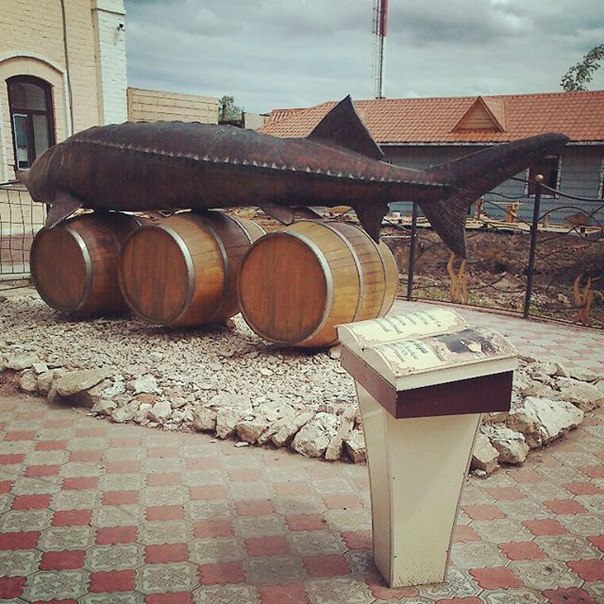
We talked about this to the director of the Museum Natalya Ponedelnikova. She is a real patriot of her city. She said that five years ago they even didnot imagine how tourism in Tetyushi would look like. But now she sees.
'A contemporary human being is tired of the phantasmagoria of sounds, speeds, that's why we need to plunge into provincialism, we want simplicity, open spaces,' she said. The tourists here are met here generously. For example, each ship – with a theatrical performance.
That day, when we arrived in Tetyushi, the ships were not expected but we became convinced in the hospitality we have seen, when the entire crew was fed with Tetyushi traditional dinner, which includes dishes from the four city-dwelling peoples: Russian, Tatar, Chuvash and Mordovians. It is the traditional for the locals fish, the pie with caramels, and pottage.
Tetyushi — the ancient city, it is known from the XVI century, it was built to protect the Volga Region from Tatar invasions; at the same time, around the city there was built a guard fortification, the traces of which persist to the present time. From the mid-seventeenth century, Tetyushi lost its military significance, as that role is taken by Simbirsk built in 1648. Instead of Tetyushi abatis is replaced by more perfect 'Simbirsk defense line'. In 1781, Catherine the Great gave the Tetyushi city the status of the city. Before the revolution, Tetyushi was a typical merchant town. Every year in Tetyushi there were held two large fairs: Vladimirovskaya — from 20 to 27 June and Vozdvizhenskaya — from 14 to 21 September. In the XIX century, the main occupation of people was trade of bread, fishing, working at the local pier and vessels. The city's population in the early nineteenth century did not exceed a thousand people, in the early twentieth century — five thousand people. Now — about 11.5 thousand people.
Long way to Bolgar
We completed the sightseeing of Tetuyshi at the 190-metre hill Vshikha, where there is a lookout tower, from which in 320 steps you can go down to the pier, where we were to follow next for the water crossings to Bolgar. You can rent a boat for 6-8 persons for about 3 thousand rubles in Tituyshi. And so we did, but on the Volga it was announced a storm warning, so we had to make a detour at 210 km — to go to Bolgar through Ulyanovsk oblast. I wanted to get there until it got dark, so we didn't have the time for further sightseeing of Tetuyshi.
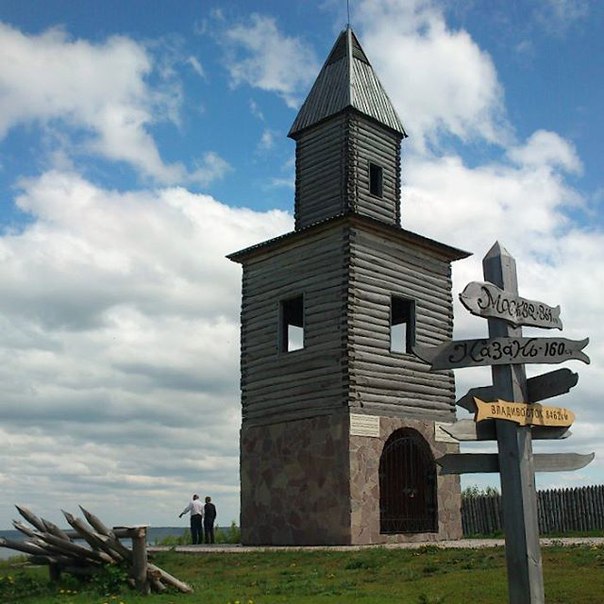
If you visit Tetyushi, take some time, visit the Trinity Cathedral of the XVIII century, the Museum of the history of Tetyushi region where you will get acquainted with unique people, walk around the town and look at the manor complexes of Kolsanov, Shitikhin, Fokeyev, Krupiny, Syromyatnikov — the merchant buildings in the city are very well preserved! Make a copy of historic photos from 'miraculous beluga', near which soon there will be a fish museum under the open sky. If you will have the time — you can walk to the School of Olympic Reserve in skeet shooting. Tetyushi, by the way, is the birthplace of Svetlana Demina, a silver medalist of the Olympic Games in Sydney.
On the dock, in addition to the traditional souvenirs, you can buy salted and smoked fish, local cordials, herbs, honey. This is the first case when in a tourist spot we found traditional food.
The trip to Bolgar through Ulyanovsk region was a pure experiment. Usually, the auto travelers head there through the bridge in the Sorochyi hills. Also the State Committee for Tourism of Tatarstan suggests to do that in the developed handbook of an auto traveler. We decided to go the travel ring clockwise, and it turned out that the access to Bolgar from this side is also quite picturesque, despite the fact that the road in the border regions, of course, leaves much to be desired. The film crew arrived in Bolgar late. If you want peace and tranquility in this main tourist destination of Tatarstan, come in the evening as we did. In Bolgar there is a very decent hotel where you can rent a room at the standard for Tatarstan price — 1400 rubles for a room for two persons. The third day of our journey ended with the choosing of the best angles for shooting. About the continuation of our trip you can read in our next article!
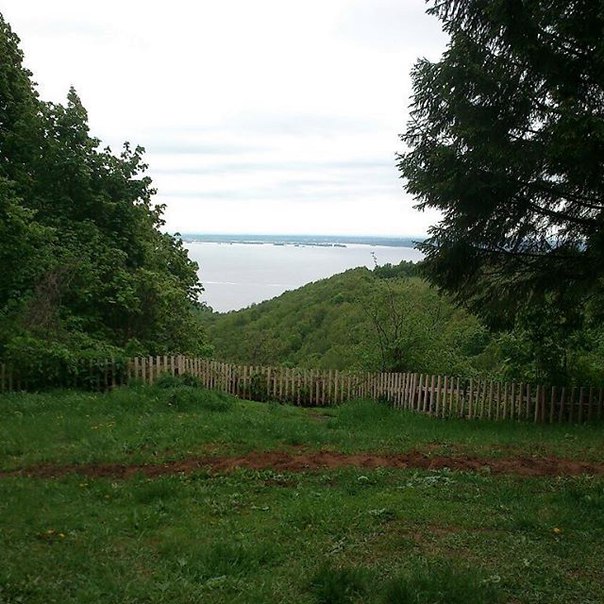
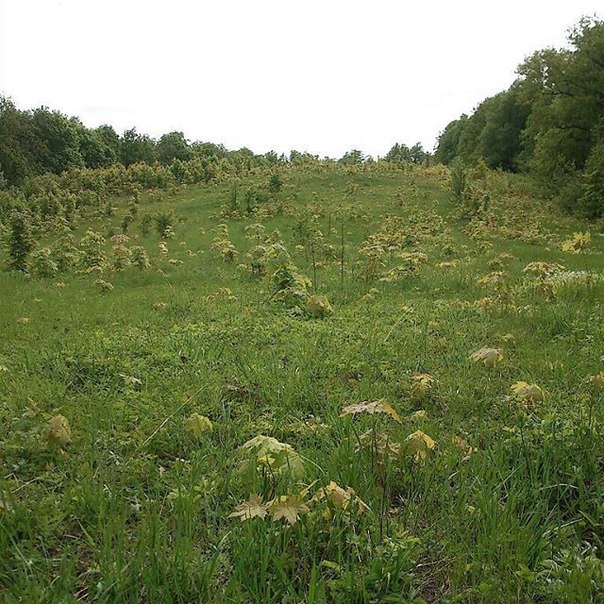
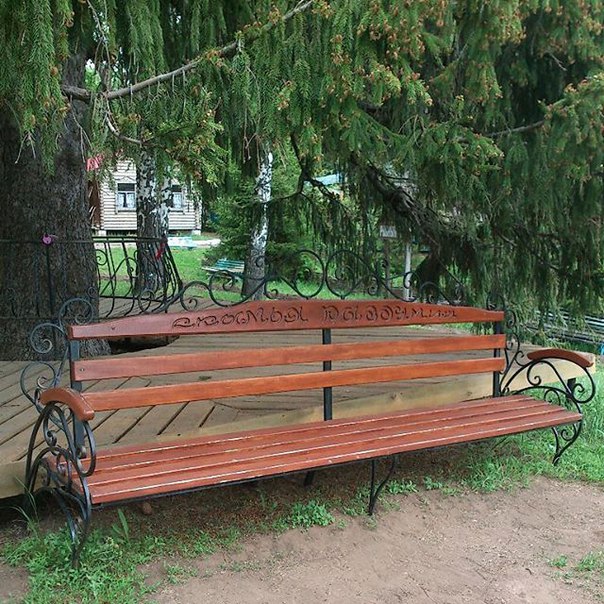
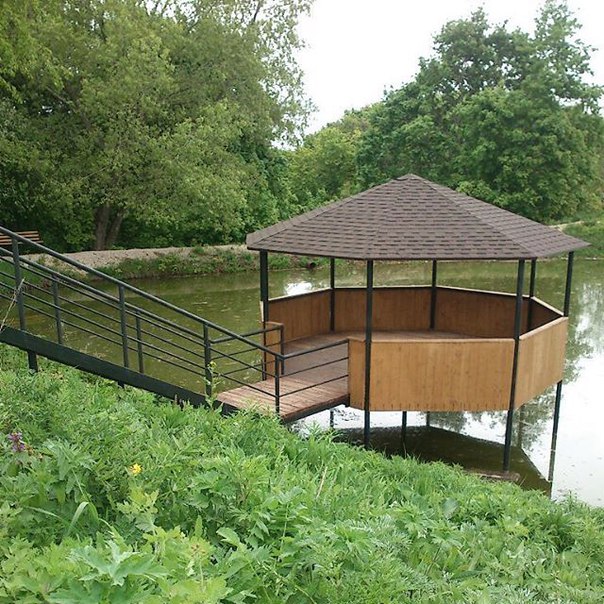
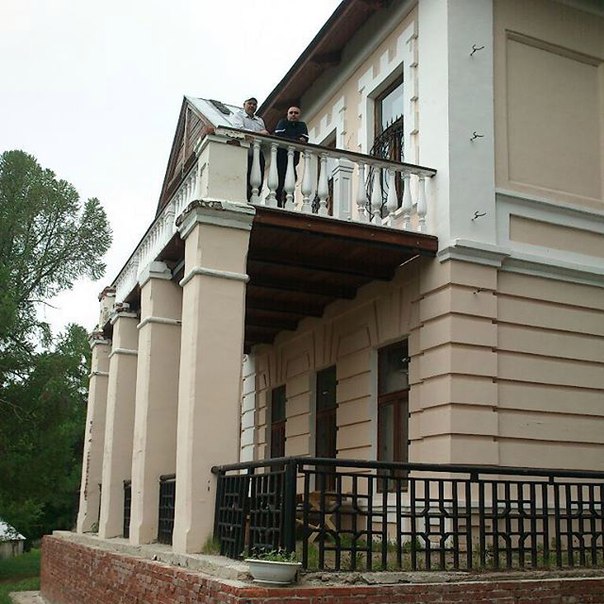
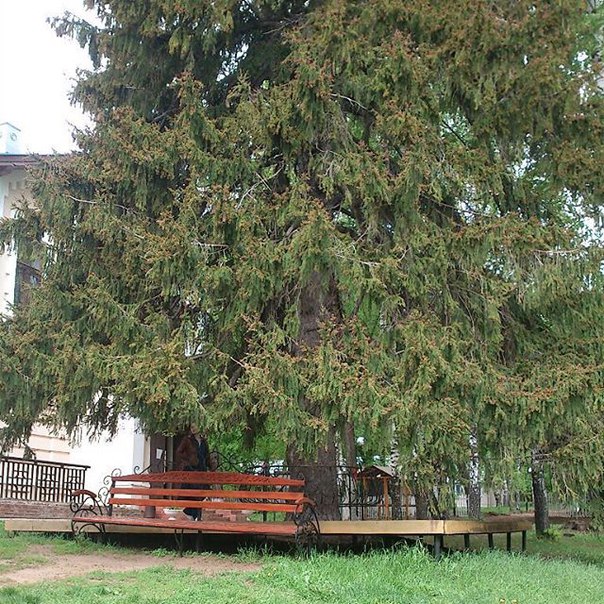
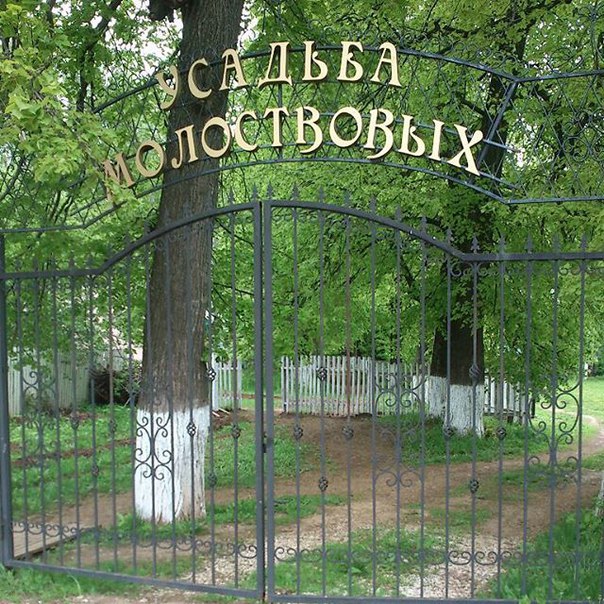
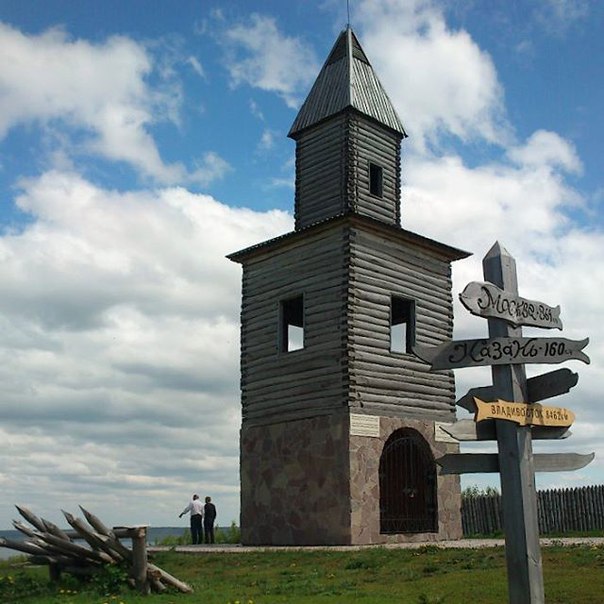
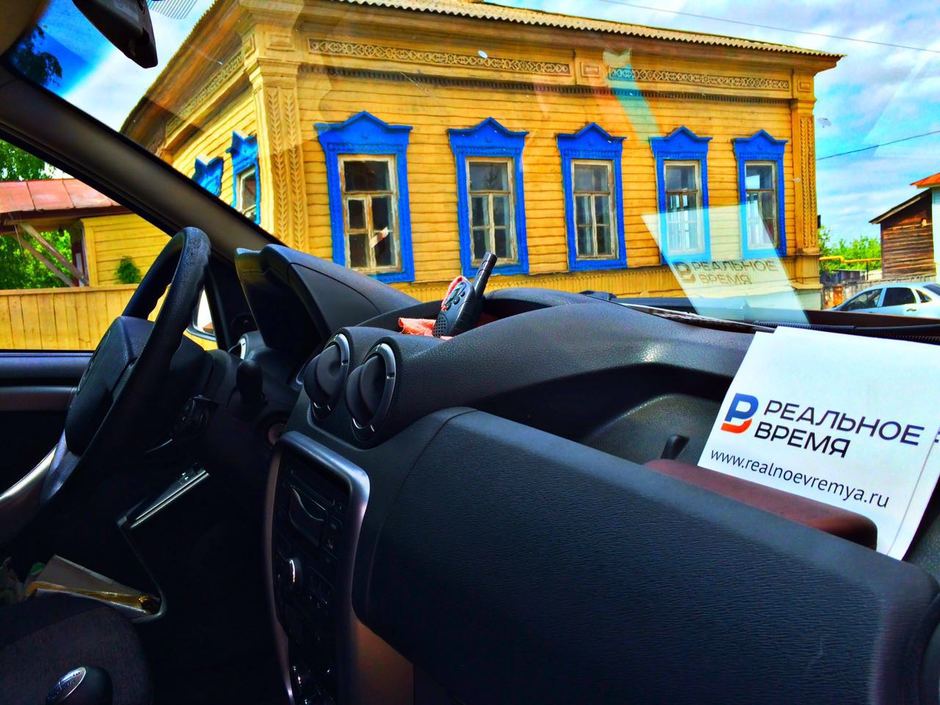
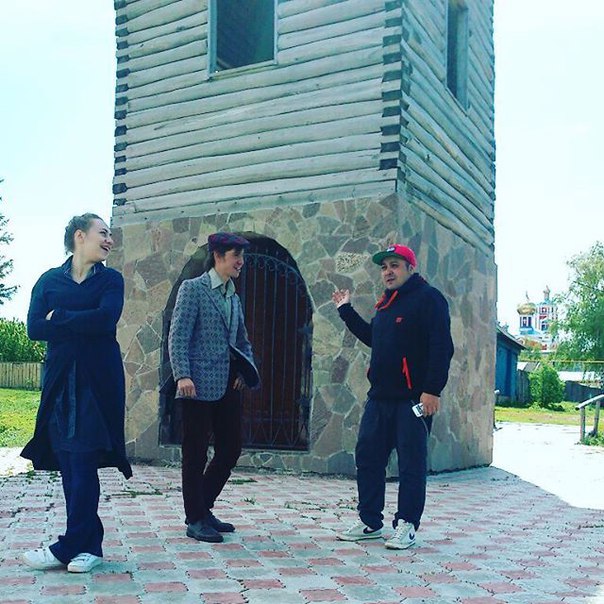
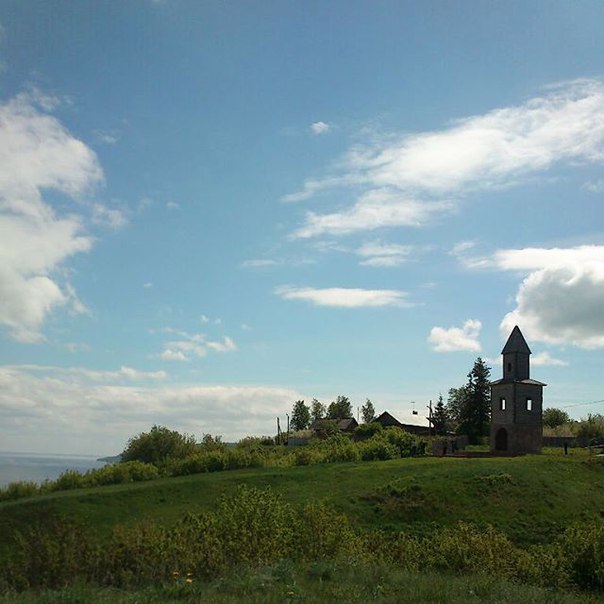

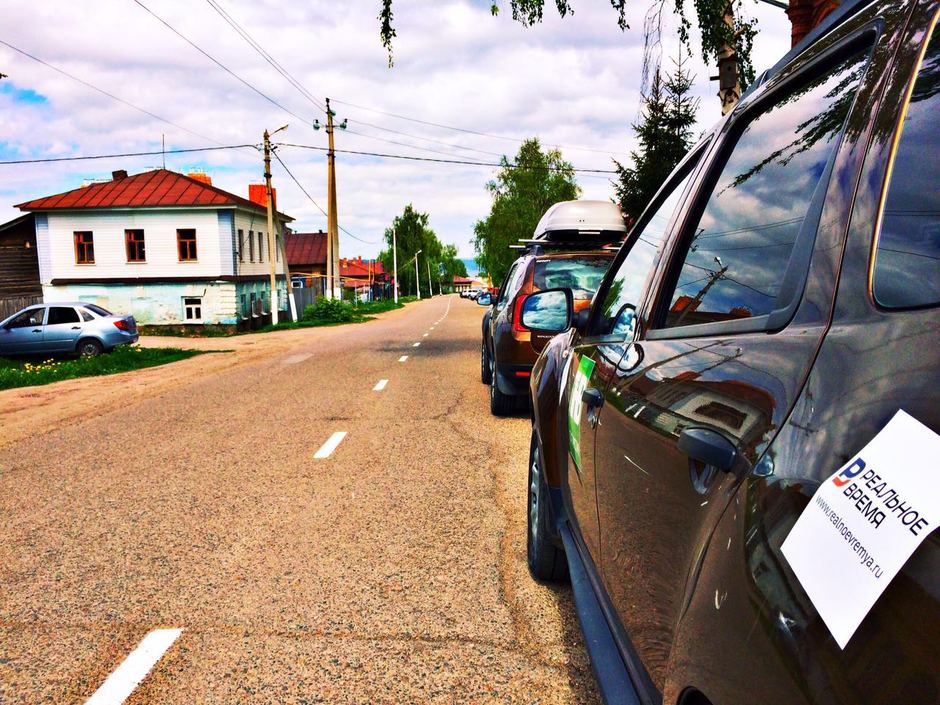
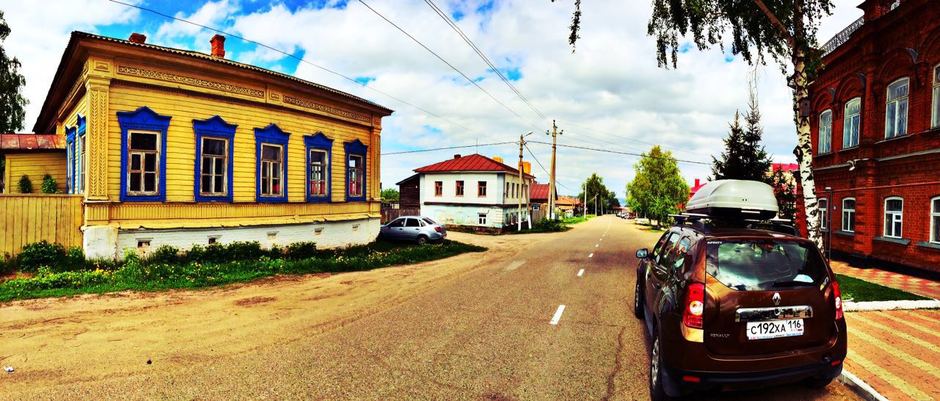
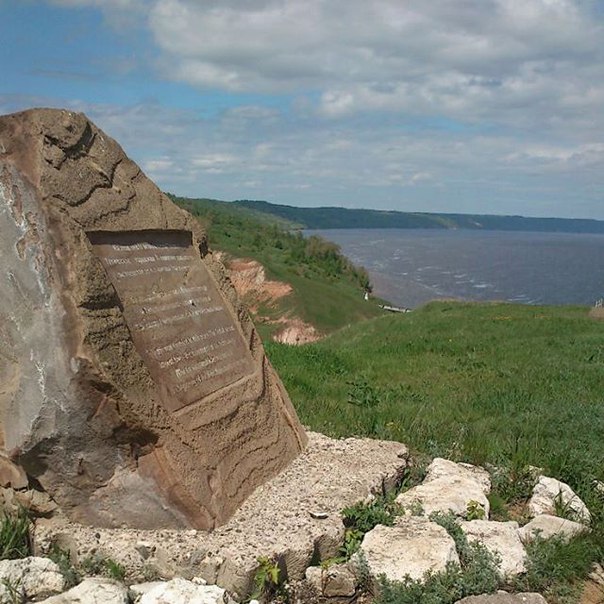
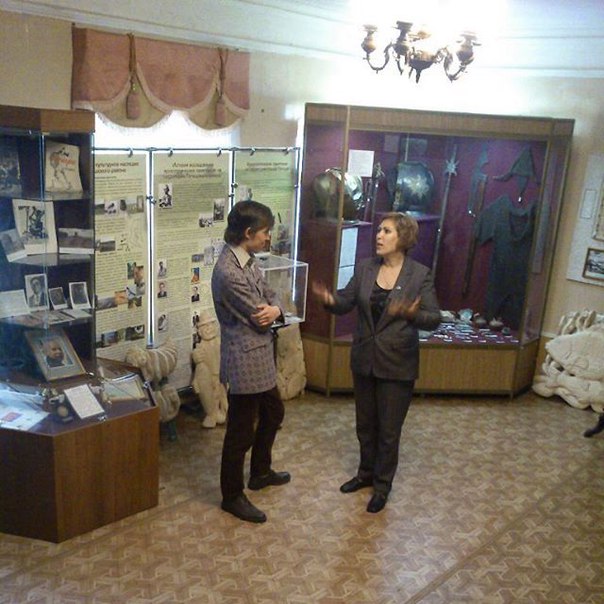
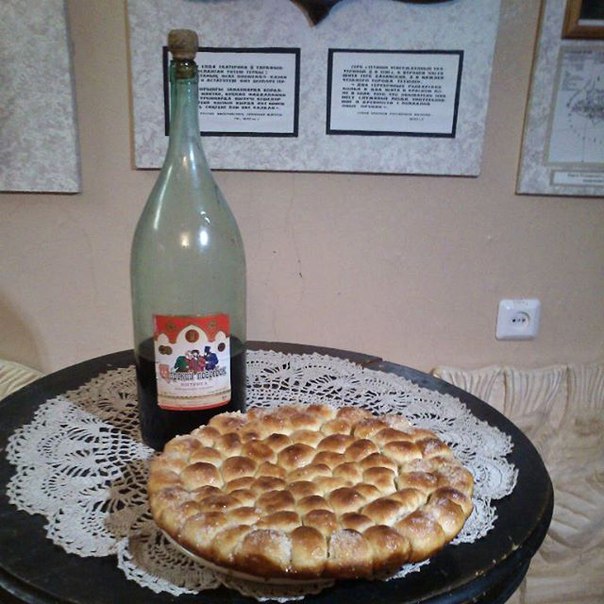
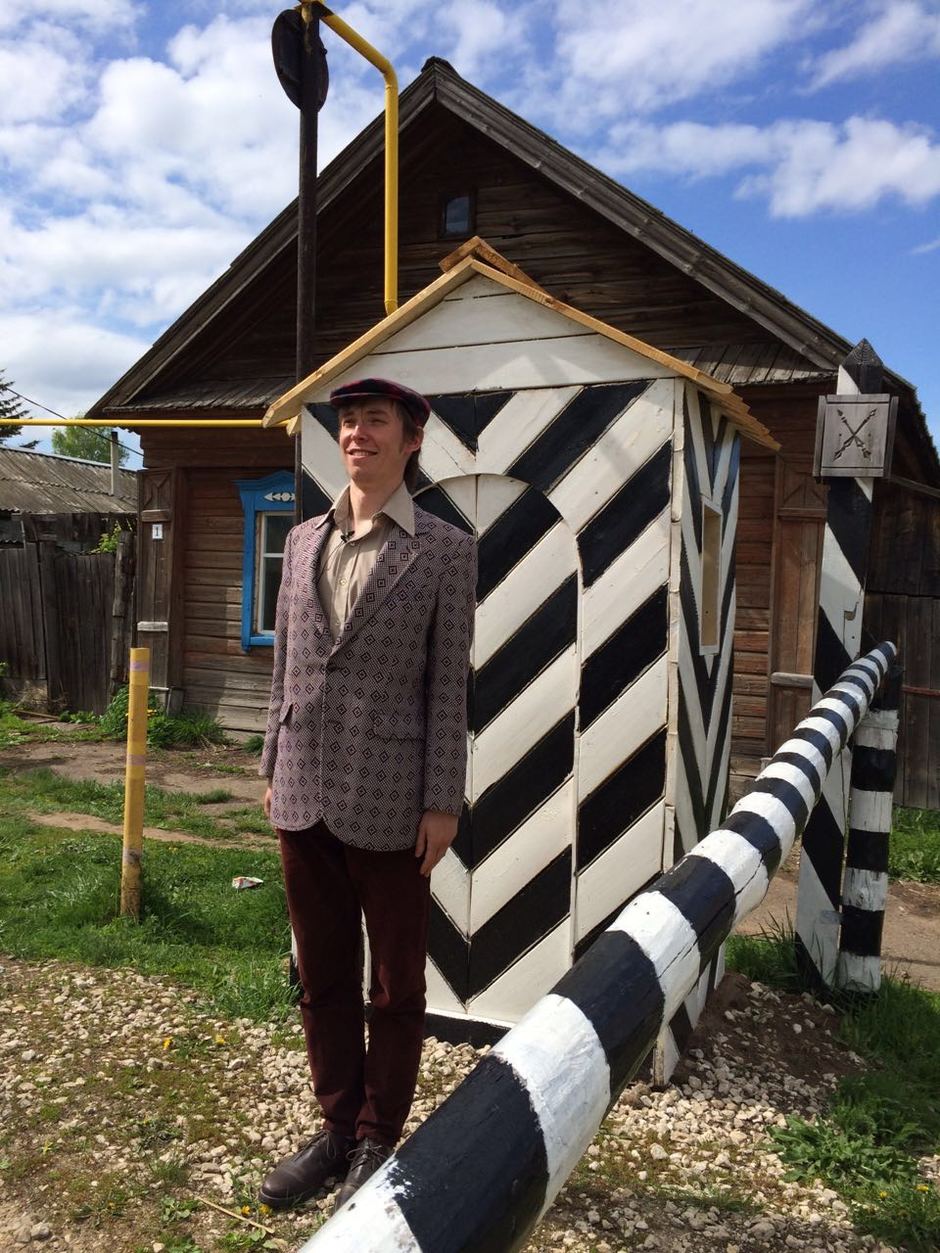
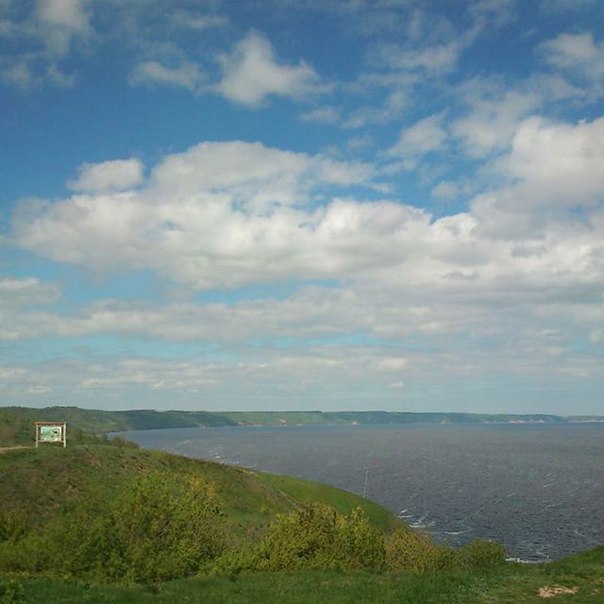
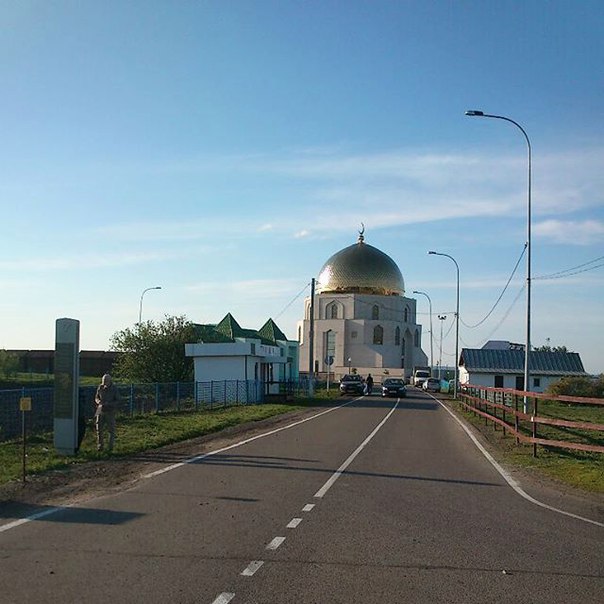
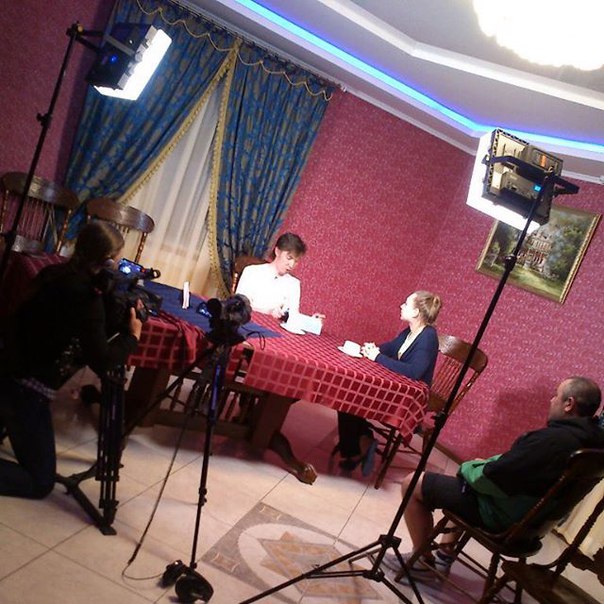
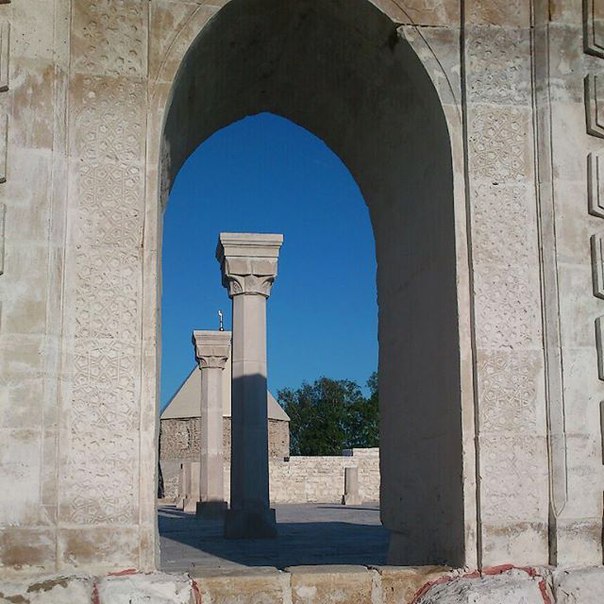
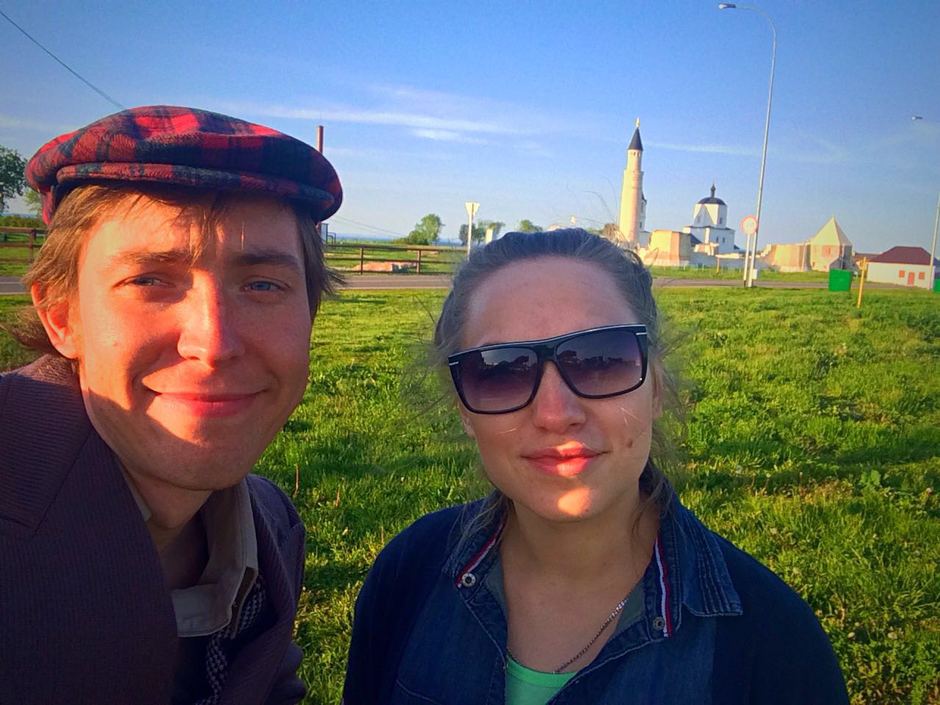

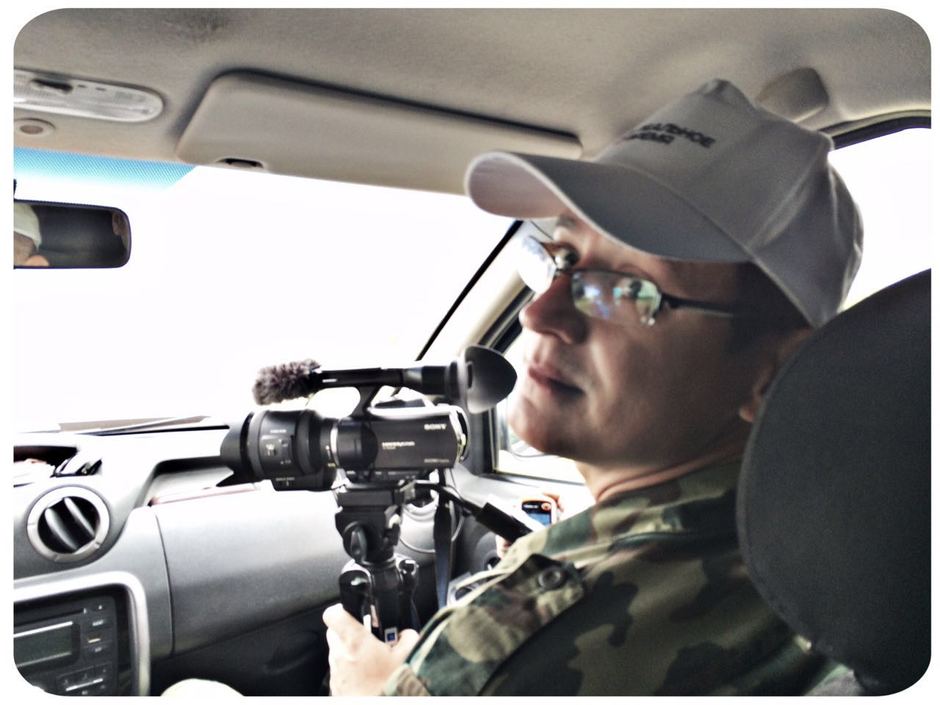
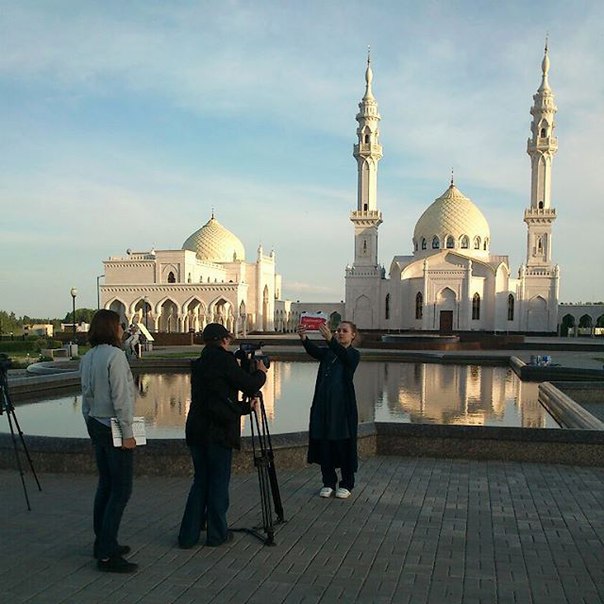
- Dolgaya polyana
- Dolgaya polyana
- Dolgaya polyana
- Dolgaya polyana
- Dolgaya polyana
- Dolgaya polyana
- Tetyushi
- Tetyushi
- Tetyushi
- Tetyushi
- Tetyushi
- Tetyushi
- Tetyushi
- Tetyushi
- Tetyushi